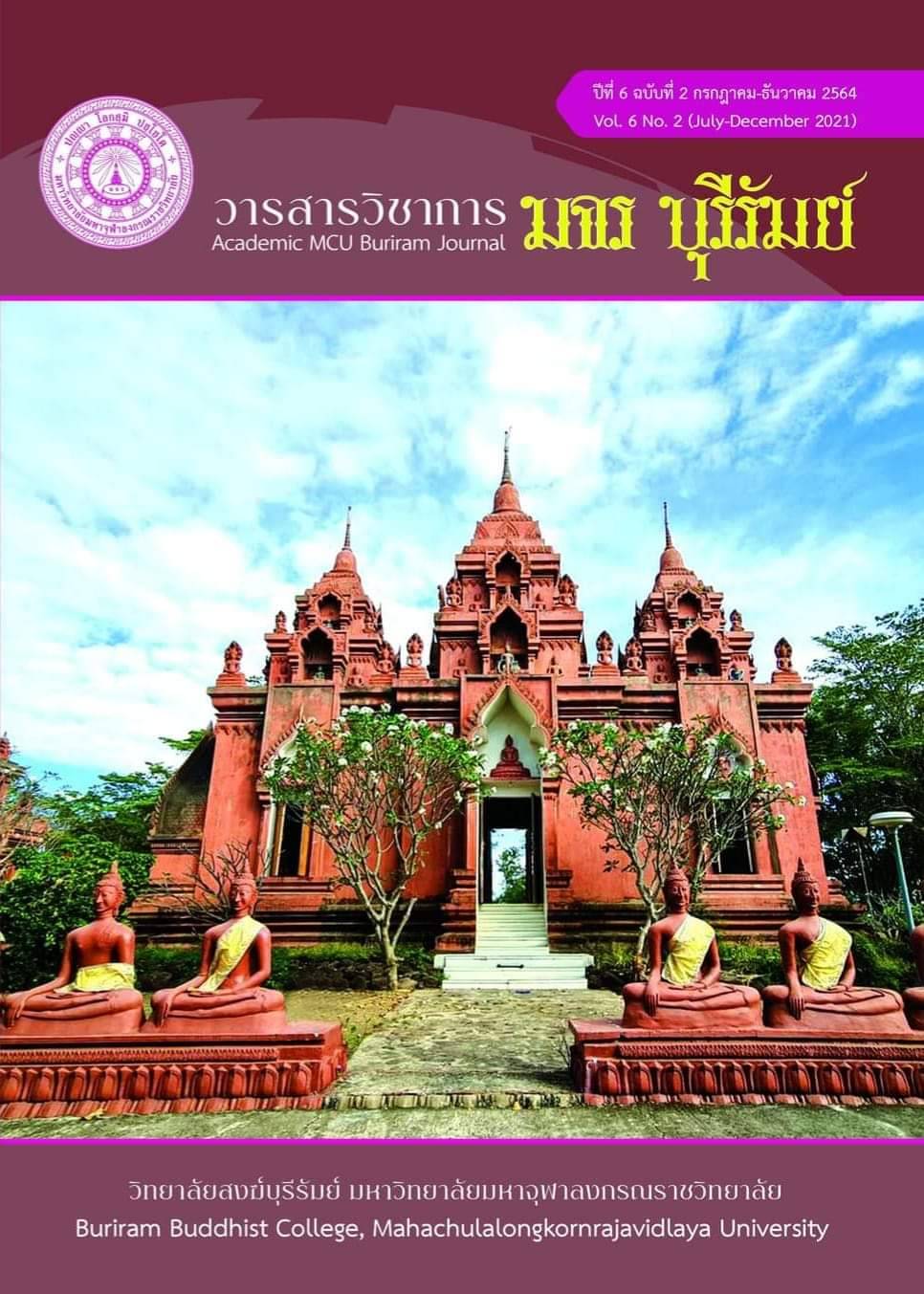A Comparative Study of National Policy on Information and Communication Technology for Global Educational Excellence and ASEAN Countries
Keywords:
The policy of Information Technology and Communication, Global Educational ExcellenceAbstract
The objective of this research was to study the issues, similarities and differences between the national policies on information and communication technology for global education in the countries of excellence and ASEAN countries. The countries with the best education systems in the world in 2014 were: Korea, Japan, Singapore, Hong Kong, and Finland. Studies found that the National policies on information and communication technology for educational excellence include: 1) Infrastructure development for ICT, 2) Development of ICT for early childhood education and basic education, 3) compulsory and vocational education, 4) higher education, 5) professional teacher development, 6) research and highly-skilled digital human resource development, and 7) cyber security, respectively.
References
Association of Southeast Asian Nation. (2015). ASEAN ICT Masterplan 2020 (AIM 2020). Jakarta, Indonesia.
Coughlan, S. (2014). BBC NEWS Education Correspondent Business. in Europe: UK second best education. From; http://www.bbc.co.uk/news/business-27314075. (Retrieved February 7, 2015).
Euamporn Lincharoen. (2012). "Qualitative Data Analysis Techniques". Faculty of Education. Naresuan University, Journal of educational evaluation, 17(1), 17-29.
Department of Education Philippines. (2015). Philippine Education for All 2015 Assessment. Pasig City, Metro Manila.
Ministry of Education and Culture Indonesia. (2015). Indonesia Perkiraan Kebutuhan Anggaran di Kementerian Pendidikan dan Kebudayaan Tahun 2015 – 2019. Jalan Jenderal Sudirman; Senayan; Jakarta, Indonesia.
Ministry of Education and Training Vietnam. (2017). White Book of Viet Nam Information and Communication Technology 2017. Information and Communications Publishing House. Vietnam.
Ministry of Education Brunei. (2012). Ministry of Education Strategic Plan 2012-2017. Brunei. Kementerian Pendidikan. Department of Planning, Development and Research. Brunei.
Ministry of Education Finland. (2015). Ministry of Education Strategy, 2015. Meritullinkatu, Helsinki. Finland.
Ministry of Education Malaysia. (2013). MALAYSIA EDUCATION BLUEPRINT 2013- 2025 (Preschool to PostSecondary Education). From: https://www. moe.gov.my/menumedia/media-tak/penerbitan/ dasar/1207-malaysia-education-blueprint-2013-2025/ (Retrieved February 14, 2015).
Ministry of Education Finland. (2015). “Opetusministeriö Undervisnings- Ministeriet”. Meritullinkatu, Helsinki. Finland.
Patcharee Chanpeng (2010) Study of documents and related research: from concept to practice. Journal of Education Khon Kaen University, 88(4), 22-41.
Sok Tha. (2013). Ministry of Education, Youth and Sport, Current Status of ICT-in-Education in Cambodia. Phnom Penh, Cambodia.
Supang Chanthavanich. (2010). "Qualitative data analysis." Bangkok: Chulalongkorn University Press.
Trucano, M. (2016). Saber-ICT framework paper for policy analysis: Documenting national educational technology policies around the world and their evolution over time. World Bank.
Warinthon Boonying. (2017). Literature review. Literary synthesis and conceptual framework Research. Naresuan University. From: http://irem.ddc. moph. go.th/uploads/downloads/5ab9a9f3b7c4c.pdf (Retrieved April 8, 2020).
UNESCO. (2013). ICT in Education Policies. Infrastructure and ODA status selected ASEAN Countries. Published by UNESCO Bangkok. Asia and Pacific Regional Bureau for Education Mom Luang Pin Malakul Centenary Building 920 Sukhumvit Road, Prakanong, Klongtoey Bangkok 10110, Thailand.
Downloads
Published
How to Cite
Issue
Section
License
ทัศนะและความคิดเห็นที่ปรากฏในบทความวารสารฉบับนี้ถือเป็นความรับผิดชอบของผู้เขียนบทความนั้น ไม่ถือเป็นทัศนะและความรับผิดชอบของบรรณาธิการ





